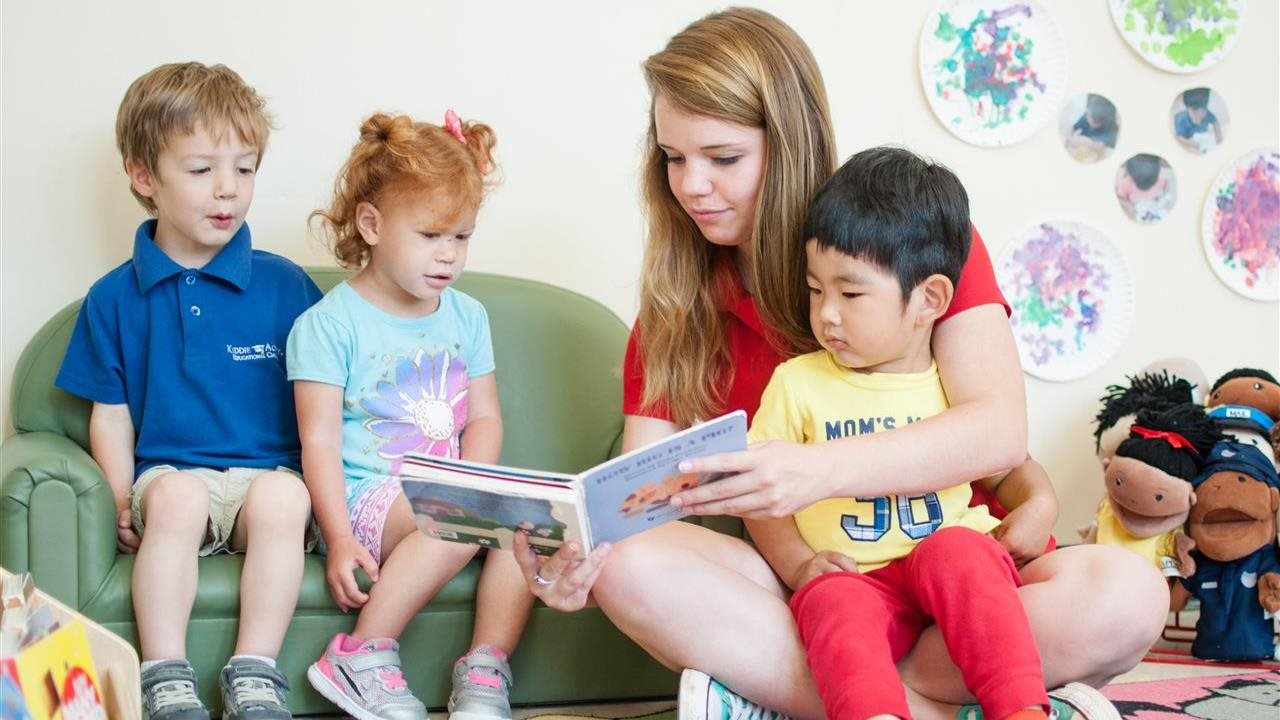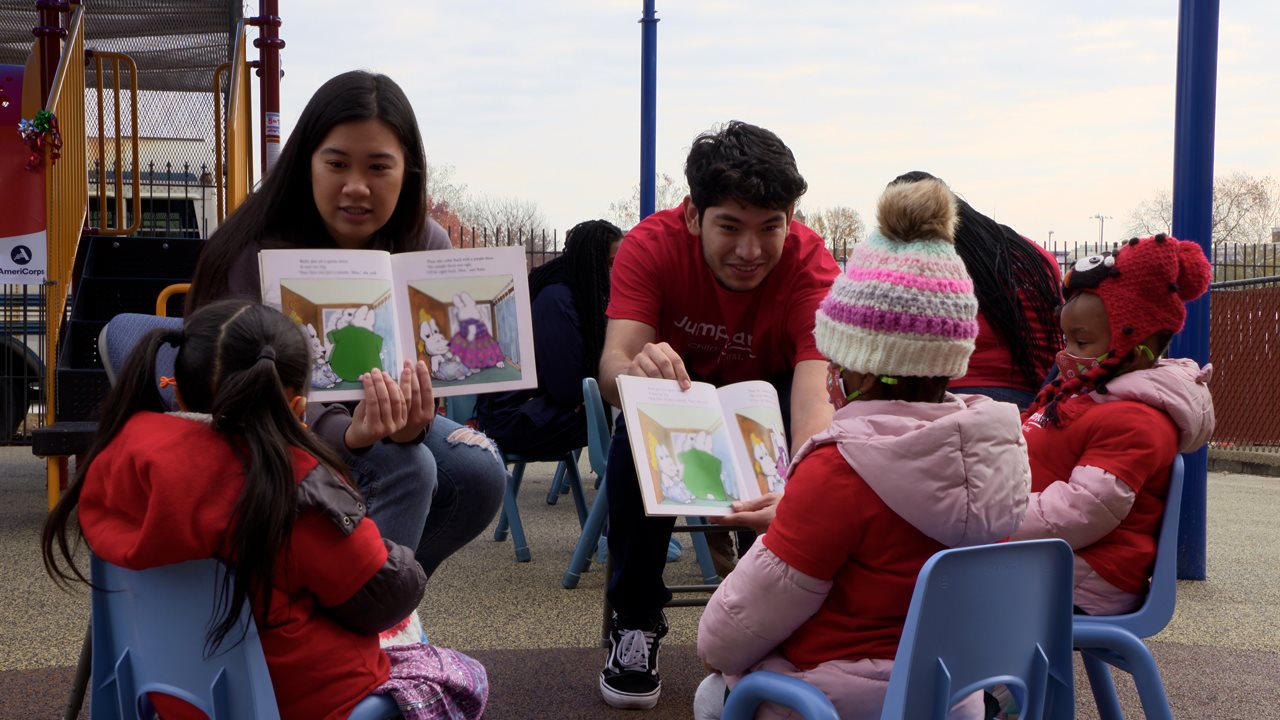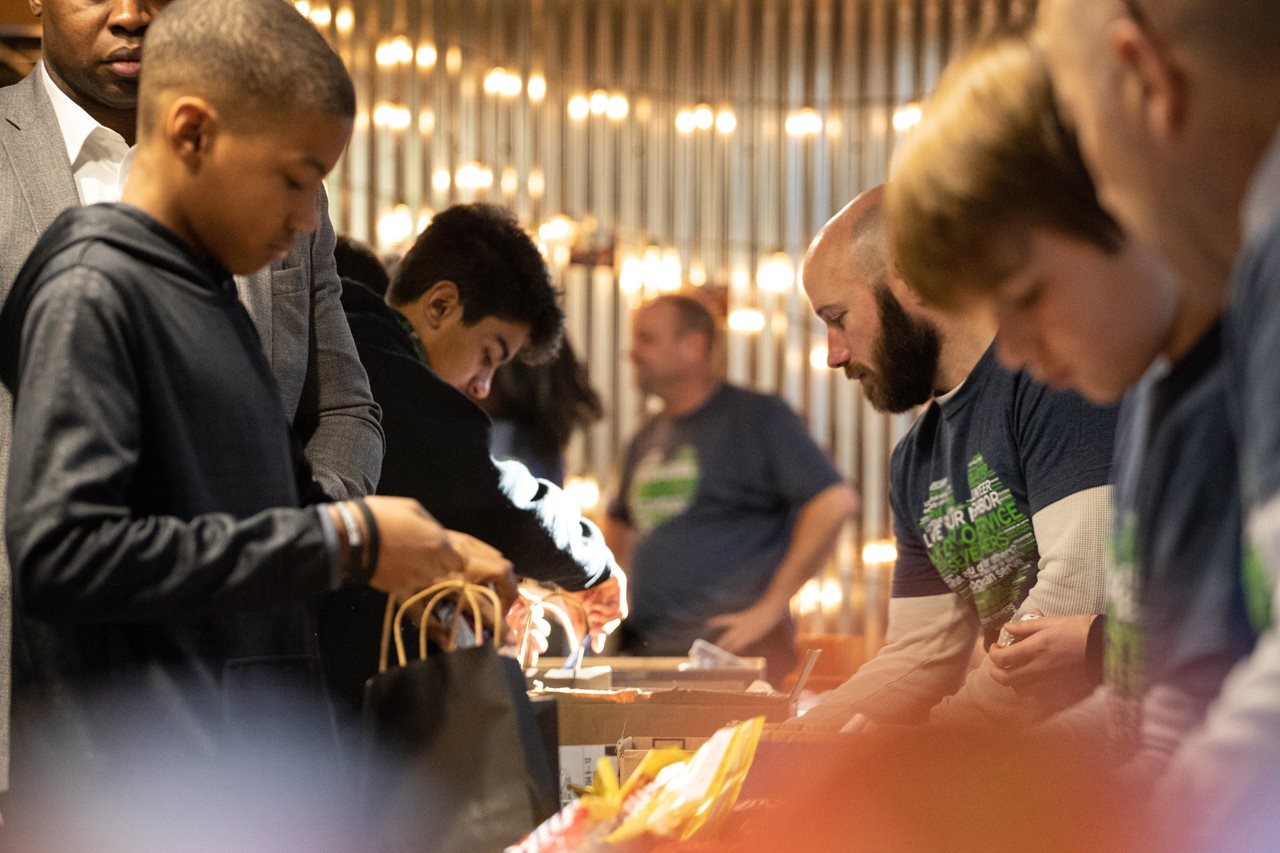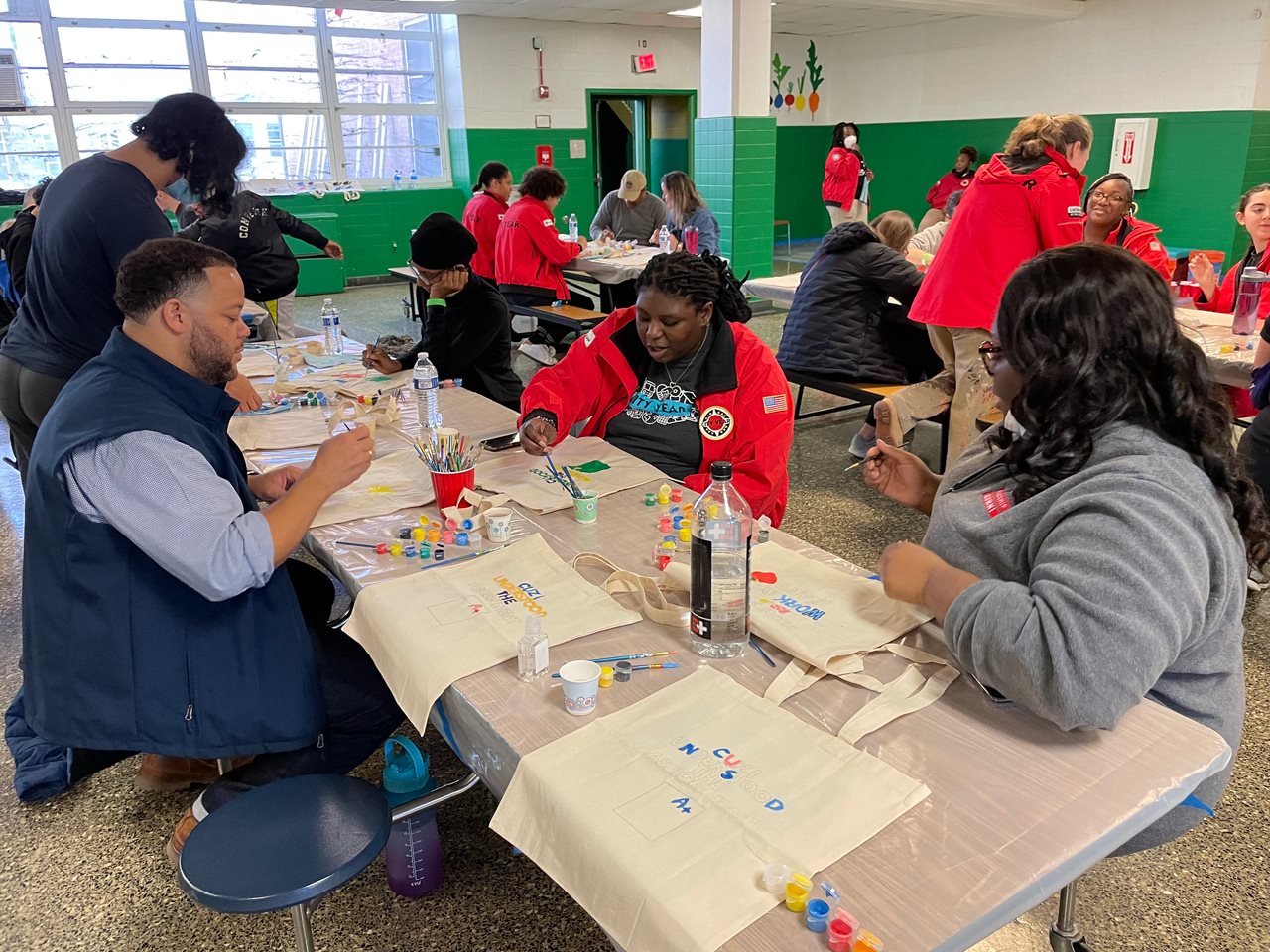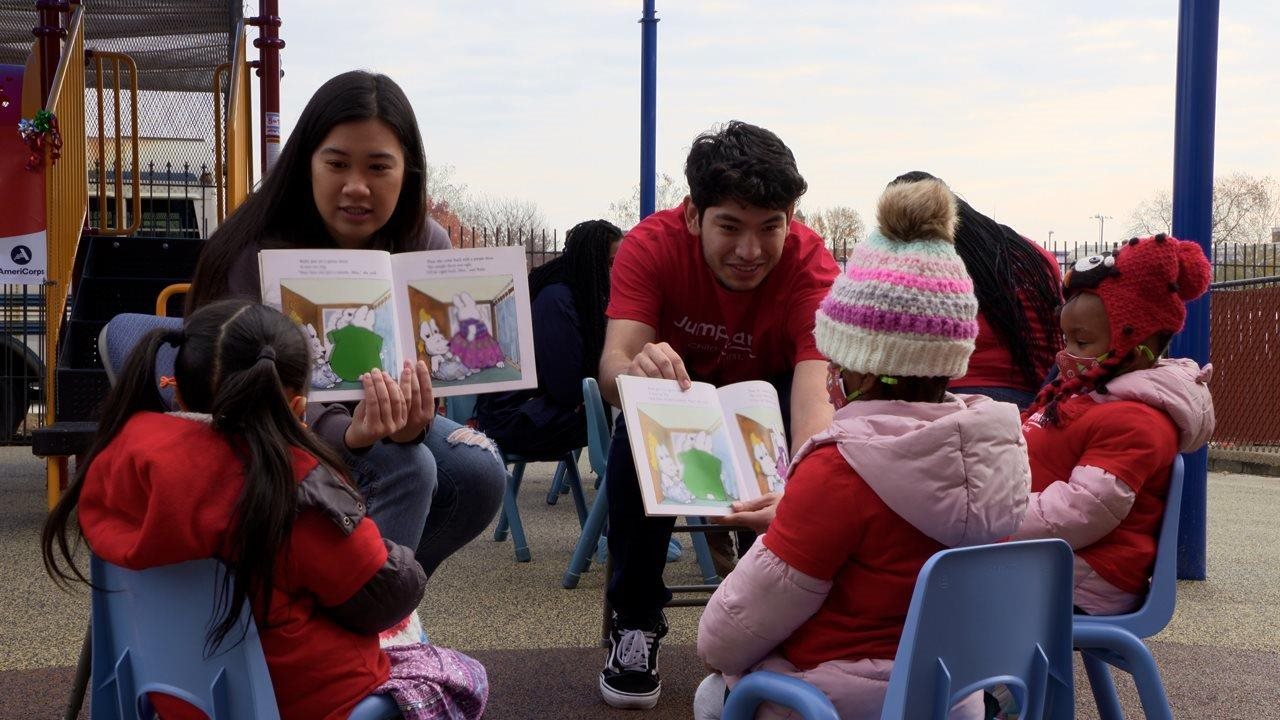2023-12-13T00:01:00
(BPT) – The passing of the head of the family is an emotional event. Their passing has even larger implications when that transition also includes an agricultural business and decades of family tradition. By planning in advance for the farm’s future, farmers can help protect their families’ relationships, finances and legacy.
Cari Rincker is an Illinois attorney whose firm, Rincker Law, PLLC, specializes in helping families plan for farm succession. Coming from a farm family herself, Rincker’s experience with farm succession issues is more than professional.
“My father is a farmer, and he’s looking at gradually reducing the time he spends doing physical labor,” she said. “So, as we go through that transition, we’re starting to have more conversations about what’s next.”
Talking to a loved one about the farm’s future can be difficult. However, such conversations lay the groundwork for a smoother transition from owners to successors.
“The law is one thing, but every family has its own dynamics,” said Rincker. “When you’re talking about money, business and family, a lot of raw emotions can come up. Balancing it all can be quite a dance.”
The anatomy of a farm’s future
Plotting a farm’s future depends on three overlapping components: Estate, business and succession planning.
Estate planning may include making a will or trust to distribute assets to the intended beneficiaries, whether a farm-specific asset or a more standard personal inheritance.
“I recommend trusts,” said Rincker. “Assets in a trust don’t have to go through probate, so they pass to beneficiaries instantaneously. A trust is also private, so it never becomes public record.”
Business planning includes designating the farm or ranch as a business entity, like a limited liability company or corporation, to help protect assets and reduce personal liability. Rincker points out that general partnerships and sole proprietorships don’t protect the land or personal assets in a lawsuit.
Finally, succession planning spells out who will assume the farm’s operation and in what roles, which helps transition management and knowledge.
“Succession planning is probably the most delicate aspect of a farm’s future, but it’s also the most important,” said Rincker. “Without that, it doesn’t matter how great your estate and business plans are. You won’t succeed in passing the farm business to the next generation.”
Because of the emotionally charged nature of farm succession planning, Rincker suggests having a neutral third party in the room — or on the video conference — to help soothe family tension.
Expect the unexpected
Passing on the family business may not always go as planned, so it’s critical to have a backup plan. According to Andrew Branan, an attorney-turned-professor at North Carolina State University who focuses on farm succession planning, a succession plan must include how the farm will pass to the successors and what happens if it doesn’t.
Both Rincker and Branan note that the planning components are living documents that should be reviewed and revised as necessary. They also recommend families gather information while the legal documents are in the works. Basic operation manuals, written procedures and redundancies in access to everything from building keys to account and policy numbers prepare heirs and employees for the future, including unforeseen events.
“Sometimes I get terrified thinking, ‘If something happened to my father, am I going to be able to find the FSA numbers or get all the details in order to deal with the growing season?'” said Rincker.
She stresses that it’s important to not let perfect get in the way of good.
“Just get something in place and then perfect it over time,” said Rincker. “Even if you don’t have a will or trust, there is still a plan, but it’s a plan the law in your state has given you. I think we’d all rather have the autonomy to decide for ourselves how things will pass to the next generation.”
To read more articles on planning for your farm’s future, visit SyngentaThrive.com.













